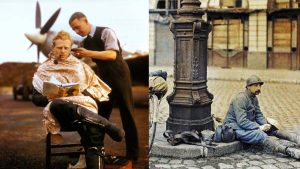The Most Accurate Civil War Films Ever Made – Movies That Nailed The Details
While the phrase “history is written by the victors” may be overly simplistic, it’s nonetheless true that the teaching of historical events depends widely on where the facts of those events are taught. The basic facts may be the same but a person’s perspective does a lot to change how those facts are interpreted.
Considering how much its events still scar America, that’s especially true of the American Civil War. So, considering how much Hollywood often gets things wrong, it’s a credit to filmmakers who pleasantly surprise historians with their accuracy. Getting them to agree on anything is no small feat.
Ride With The Devil (1999)

Although it’s not the most well-known part of Oscar-winning director Ang Lee’s filmography, Ride With The Devil has a reputation for historical accuracy and benefits from telling a small, rarely-explored story in the larger chaos of the Civil War.
American Heritage Magazine described it as “a superb portrayal of the guerrilla war along the Missouri-Kansas border as seen from the perspective of young Confederate
bushwhackers.” In addition to praising the period-accurate nuances of the characters, the magazine’s staff added, “Their motivations, the historical context, and the course
of action are accurately depicted.”
Glory (1989)
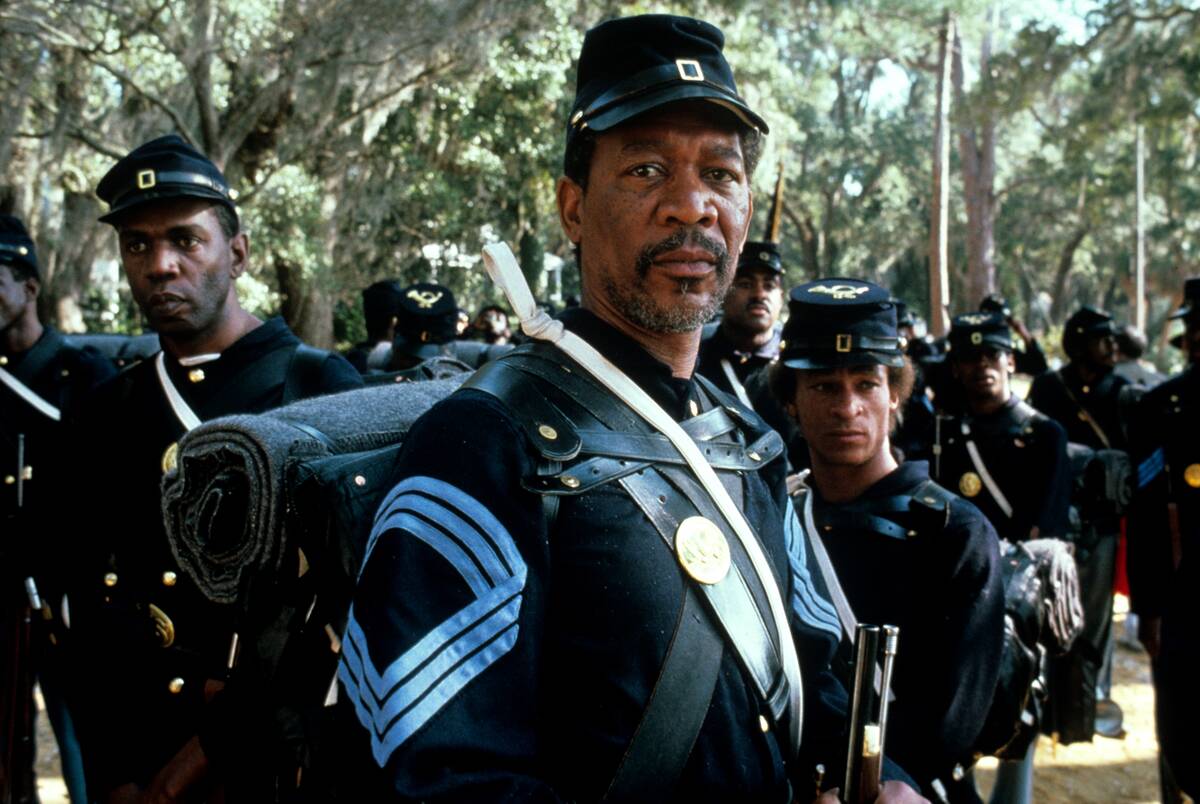
Although historians tend to agree that Glory took more than a few narrative liberties with the story of the 54th Massachusetts Infantry led by Colonel Robert Gould Shaw, its strength lies in the historically accurate way it depicted the experience of the Civil War’s battles.
American Battlefield Trust historian Garry Adelman was particularly impressed by the way Glory portrayed the Battle of Antietam, noting the decision of artillery groups to attack tree lines and rain debris down on advancing soldiers. The tactic of advancing shoulder-to-shoulder until a unit is in firing range despite heavy artillery on the way was also considered accurate.
Lincoln (2012)
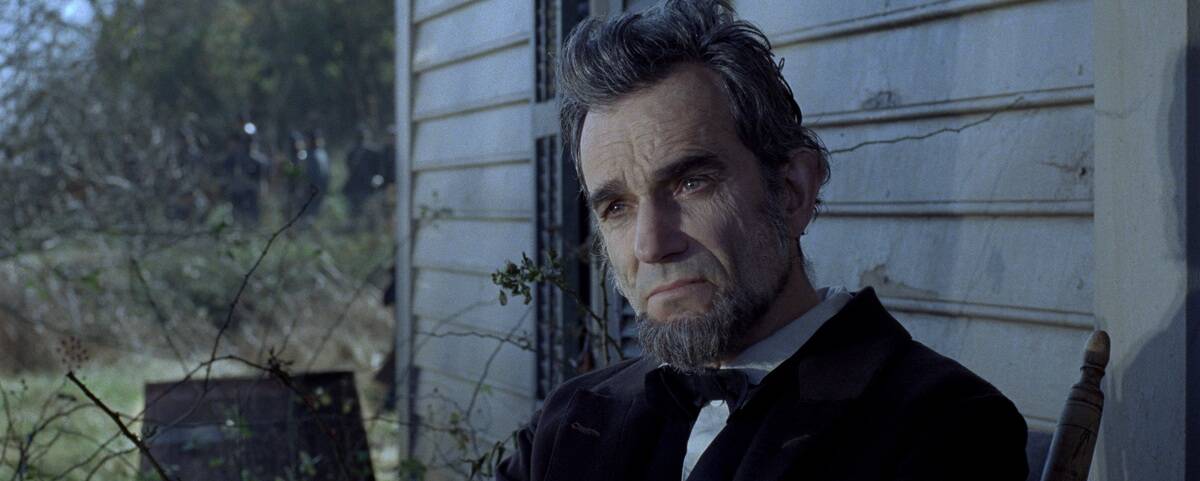
Although Lincoln takes place in the waning months of the Civil War, it depicts the struggle to get the 13th Amendment passed in the House of Representatives more than any specific battles. As Abraham Lincoln biographer Ronald White told NPR, the movie doesn’t accurately depict everything Lincoln said in that time, but it does faithfully capture the “dramatic core” of this four-month struggle.
White was as impressed with Daniel Day-Lewis’s thoroughly researched portrayal of Lincoln as most critics were at the time, and also praised the movie’s depiction of then-radical abolitionist Republican politician Thaddeus Stevens.
Andersonville (1996)
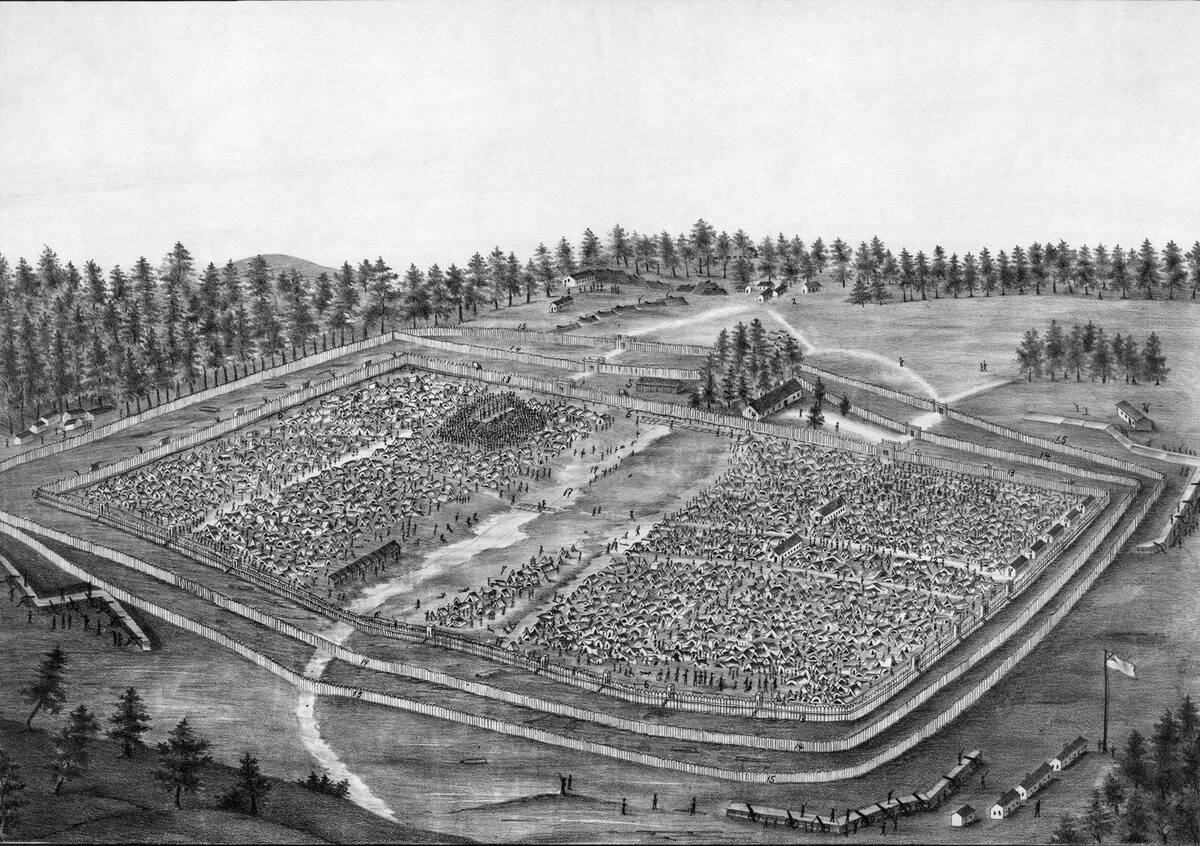
Although this 1996 TV movie can be a little tricky to find and depicts fictionalized Union prisoners of war at Camp Sumter in Andersonville, Georgia, the National Park Service confirmed that it’s nonetheless considered a fairly accurate portrayal of the prison’s infamous living conditions.
In particular, POW attempts to tunnel out of the prison and the treatment of Black prisoners inside its walls were depicted accurately, as was the scarcity and desperation for clean water and the existence of a rogue group of prisoners known as “raiders.”
Free State Of Jones (2016)
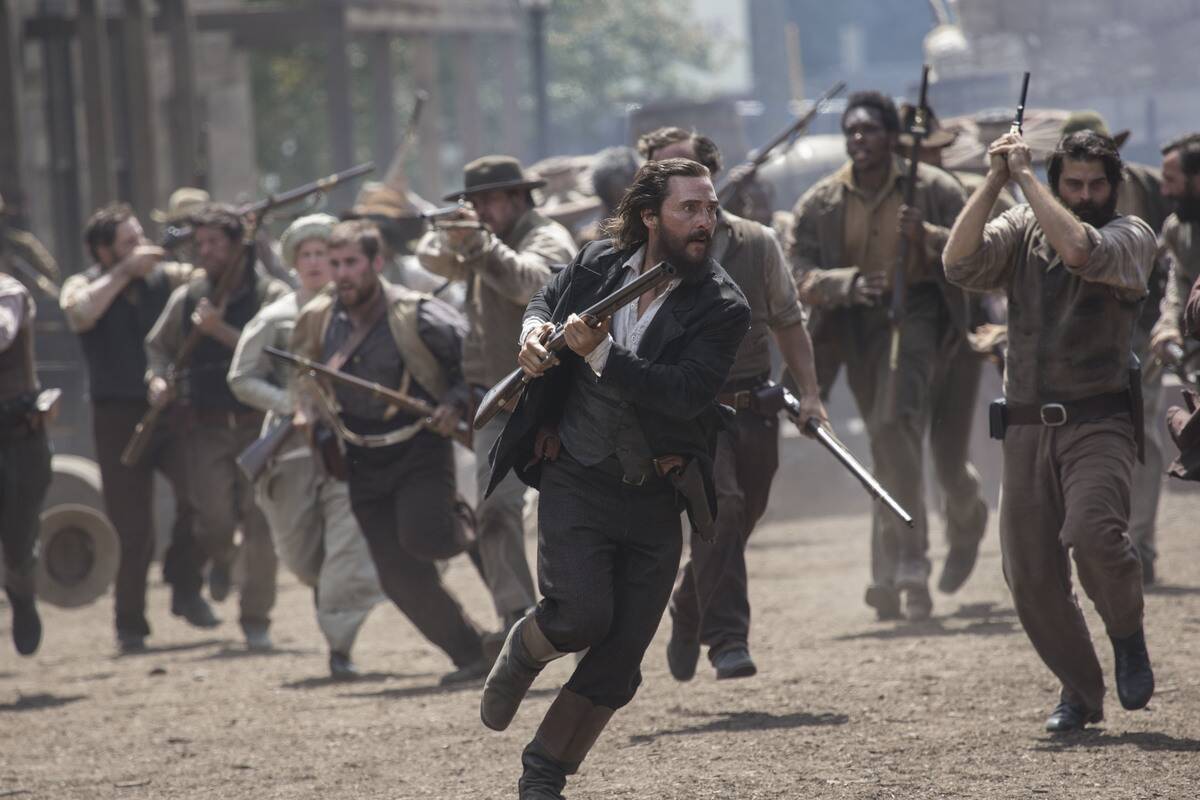
Detailing a former Confederate medic’s leading a Mississippi county to secede from the Confederacy as inspired by his opposition of slavery, The Free State Of Jones features a depiction of what American Battlefield Trust historian Garry Adelman referred to as a skirmish over control of the town of Ellisville.
While Adelman figured a cannon loaded with makeshift metal rods was unlikely to blow up an enemy ammunition cache as shown, he does credit the film for what would be an effective and plausible tactic when supplies are low. He was also impressed by the documented depiction of women in combat roles in this scenario, as well as the realistic use of overturned carts and other forms of makeshift cover in a desperate situation.
The Hunley (1999)
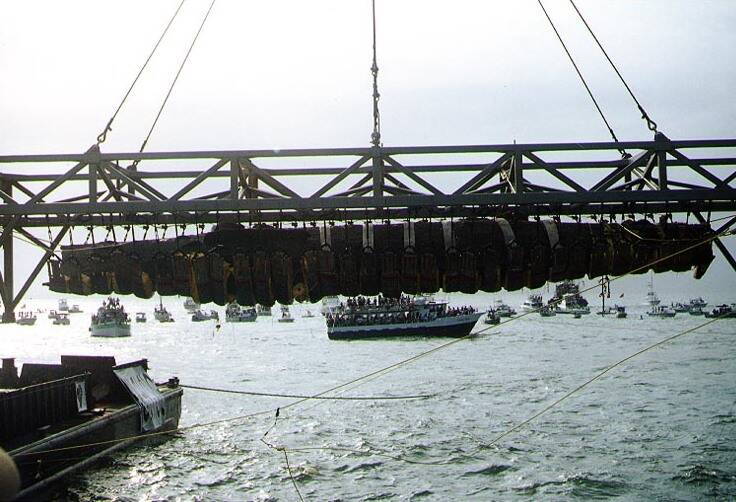
As practically every historical movie does, the TNT movie The Hunley — centered around the ill-fated Confederate submarine intended to get past Union blockades — took some dramatic license with its characters. Since it was also made before the Hunley was recovered (pictured), it wasn’t possible to get the ship’s dimensions entirely accurate either.
That said, the struggles the prototype submarine’s doomed crew had in piloting it were portrayed accurately, as was their motivation for taking what they understood to be the incredible risk of stepping inside it in the first place.
Friendly Persuasion (1956)

In his review of Friendly Persuasion, Earlham College history professor and Quaker collection curator Tom Hamm, noted that the way Quakers in the movies conducted themselves in religious gatherings wasn’t entirely accurate, while others noted the sect’s views on music weren’t quite as rigid as they appeared in the film.
Nonetheless, Hamm credited the film for its overall depiction of the dress, manner, and personal struggles common in Quaker sects. He also noted that the movie isn’t wrong in depicting some young Quaker men as forgoing their sect’s Peace Testimony and joining the Union Army, as he noted documents instances of this between 1861 and 1865.
Emancipation (2022)
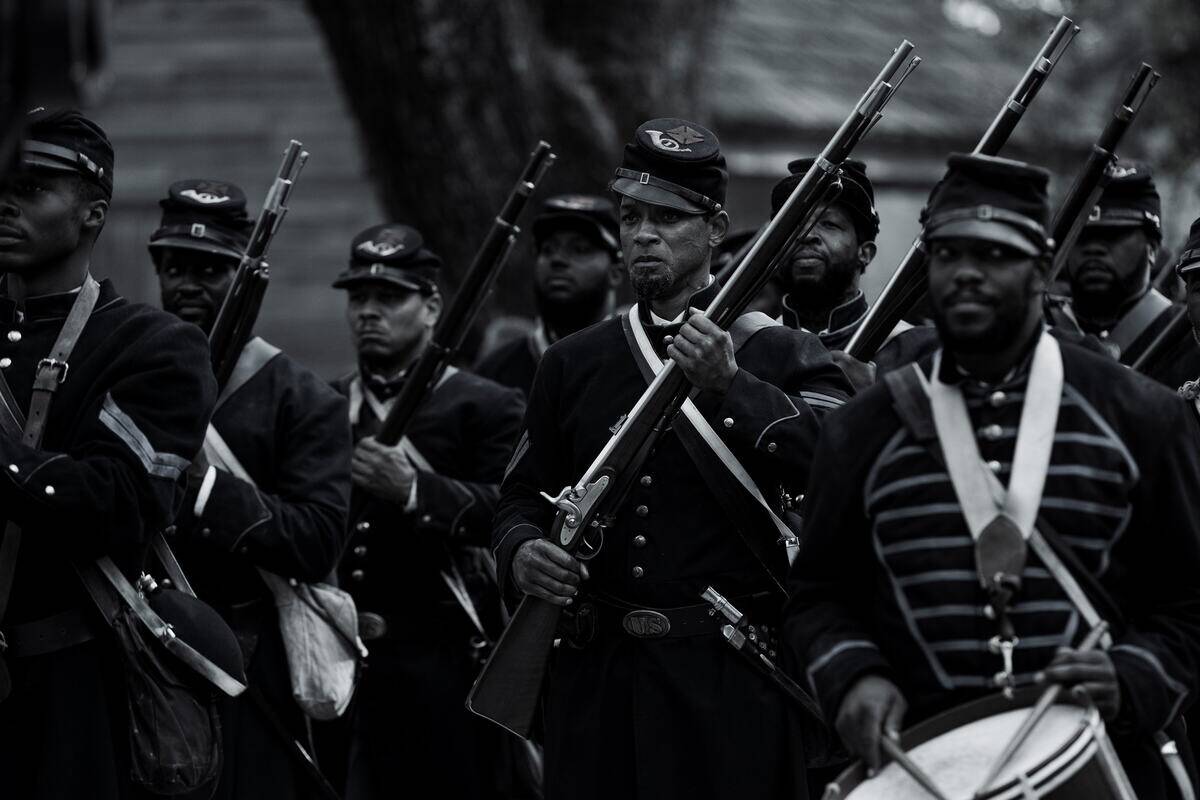
In describing the battle of Port Hudson, Louisiana, as depicted in Emancipation, American Battlefield Trust historian Garry Adelman shared some objections. In addition to the battlefield being far swampier in real life, Will Smith’s character, Peter, was also considered a composite of multiple people.
Nonetheless, the tactical portrayal of the battle impressed Adelman, as he noted the effectiveness of the simple log cover, the practice of clubbing enemies with rifles when there’s no time to affix bayonets, and especially the practice of handing off loaded weapons to soldiers who were previously using bayonets. After all, loading a rifle with a bayonet affixed was almost impossible in the heat of battle.
Shenandoah (1965)
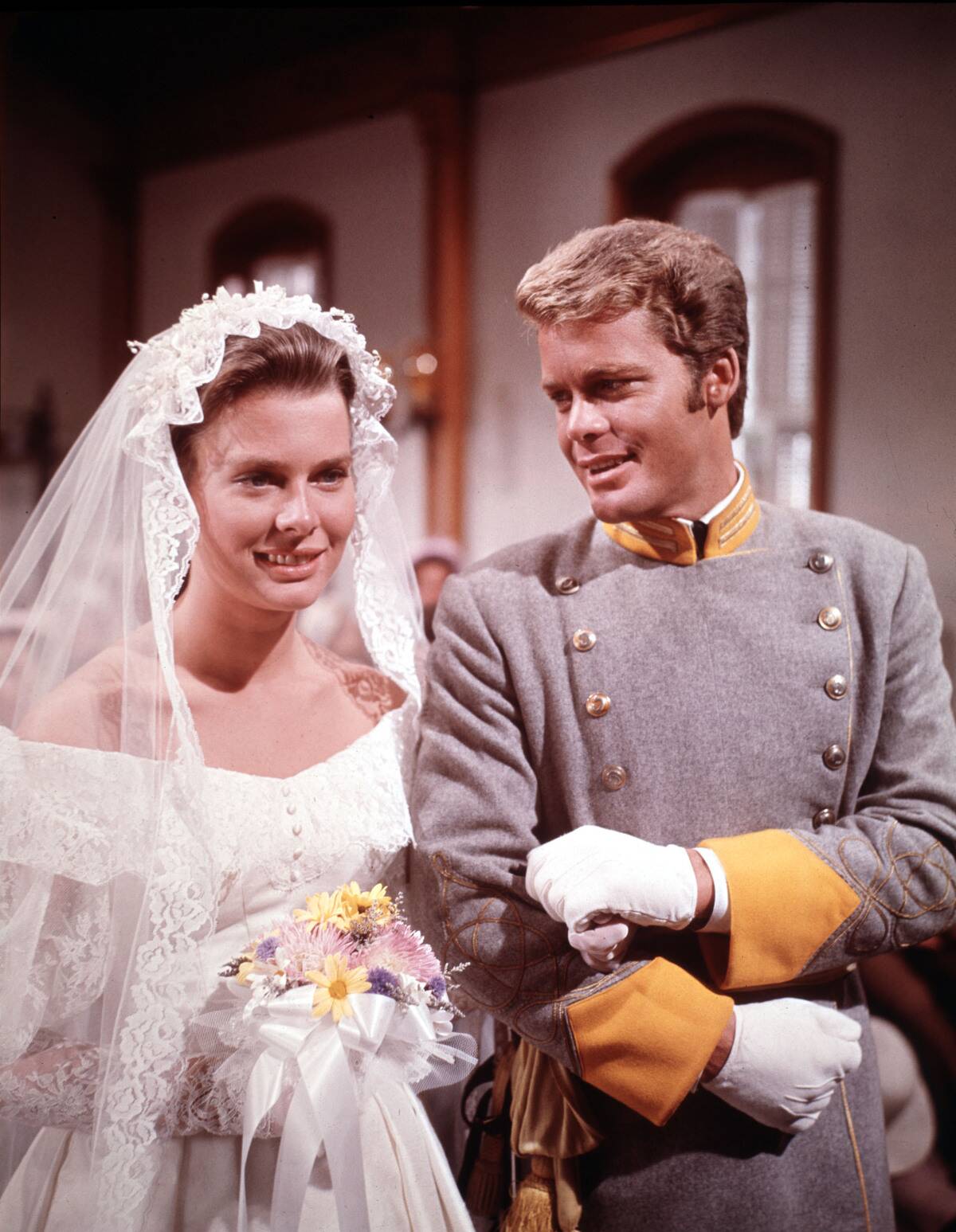
The story of a Virginia farmer who seeks to remain neutral in the Civil War until his teenage son is captured by the Union, it’s fair to say that Shenandoah is not a completely historically film. Indeed, the most glaring issue is the presence of racially integrated units, which wouldn’t exist until almost a century later.
However, the accuracy of the movie comes from the effect that the war would have had on ideologically split families at the time, and the racial politics of even the more progressive members of the central Anderson family were period-appropriate. As a poignant detail, a Union officer also had a teenage son safely away in Boston, while the Confederates did recruit that young by 1864.
Dances With Wolves (1990)

Although the actual battles of the Civil War are far from the focus of Dances with Wolves, American Battlefield Trust historian Garry Adelman credited the filmmakers’ use of unsteady cover and even thought Lieutenant Dunbar’s survival despite practically inviting gunfire was more plausible than it seemed.
He explained that regardless of the accuracy of the weapons involved, the difficulty of hitting a target moving laterally and the sometimes gentlemanly idea of soldiers considering an opponent too brave to kill in the Civil War meant the scene didn’t strain credulity. That said, Dances With Wolves lost some points for falling for the myths regarding Civil War surgeons.
Pharaoh’s Army (1995)

Although it’s become a pretty obscure movie in the 30 years since it came out, the strength of Pharaoh’s Army from a historical standpoint comes in how the citizens of a remote yet hotly contested region in Tennessee’s Cumberland Mountains (pictured) become caught in the middle of the fighting in terms of their lives and ideologies.
The movie also doesn’t shy away from the most ruthless actions committed during the war. It also accurately depicted that when supplies were low, soldiers from either side were known to plunder what they could find where they could find it.
Wicked Spring (2002)
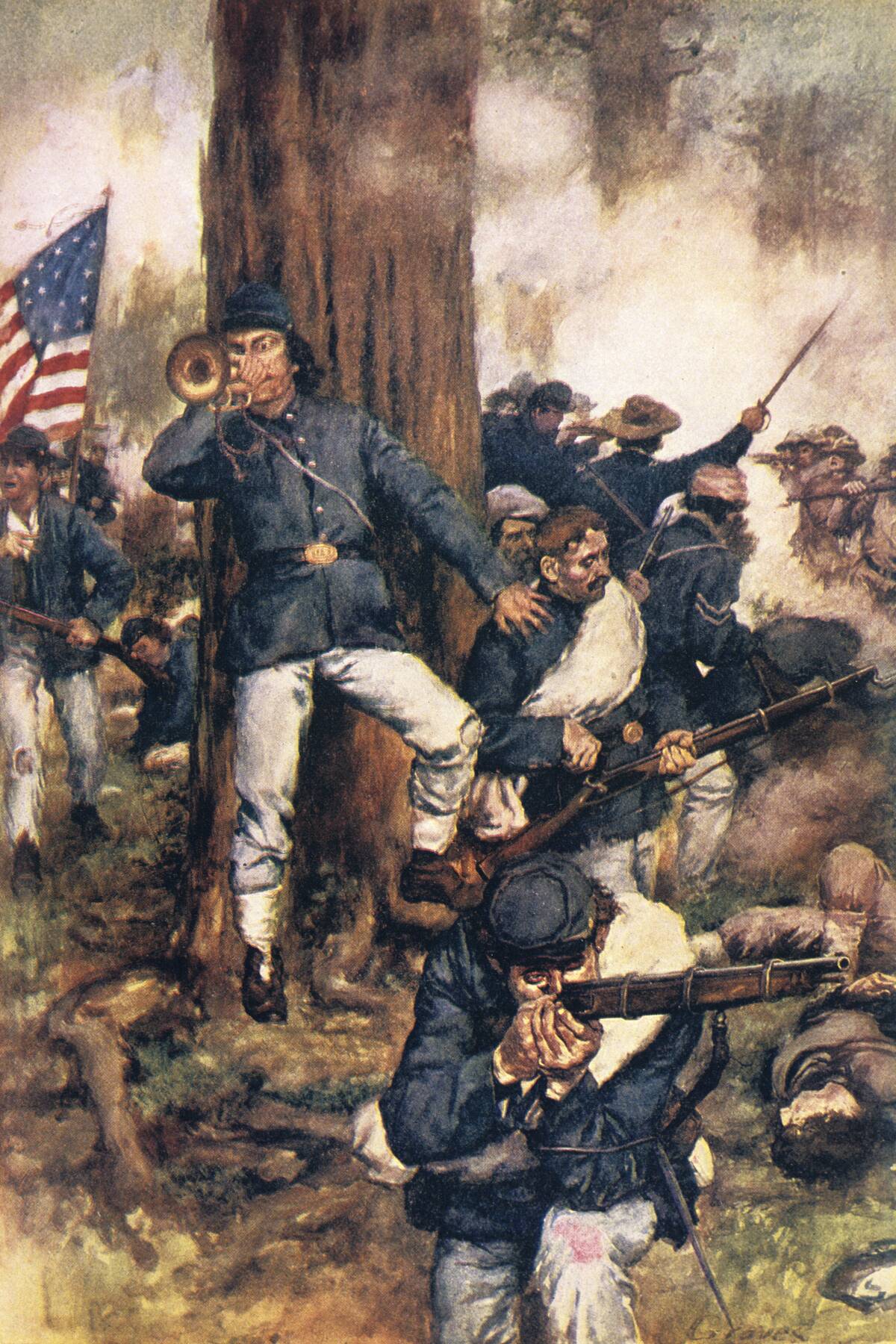
One of the only movies to depict the 1864 Battle of the Wilderness, Wicked Spring is not regarded as a particularly entertaining movie, which likely explains its relative obscurity.
That said, one would be hard-pressed to name a movie that more accurately conveys a Civil War battle, with every detail from the sets to the uniforms to the weapons bearing a pitch-perfect attention to detail.
The Red Badge Of Courage (1951)
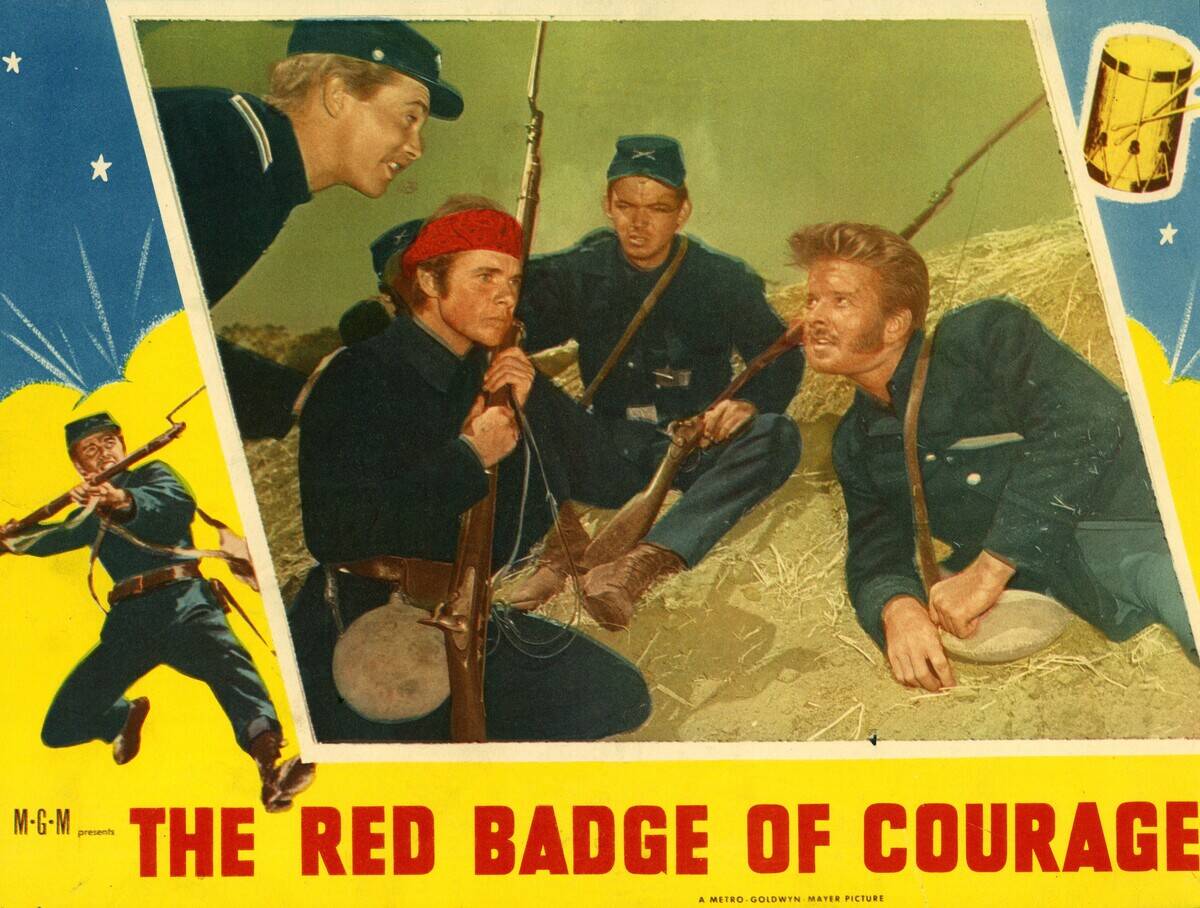
Much like in Lincoln, The Red Badge Of Courage suffers in its depictions of actual Civil War battles. Only the lack of visibility on the battlefield was really portrayed accurately, as the authenticity of the tactics and uniforms left much to be desired.
However, the battles themselves aren’t really the focus of either movie. In the Case Of The Red Badge Of Courage, the movie stands out in its psychological realism of the effects that a war as horrific and with as demoralizing of implications as the American Civil War has on a soldier’s psyche.
Cold Mountain (2003)

In addition to the admitted narrative license that the original author of Cold Mountain took in depicting the life story of W.P. Inman, the movie is also a mixed bag in terms of its depiction of The Battle Of The Crater.
Although American Battlefield Trust historian Garry Adelman set the process of setting up the battle’s defining mine explosion was portrayed fairly accurately, it and other battle scenes throughout the movie were overdramatized. Nonetheless, the Confederates’ depiction of using the Union’s own gains against them and the desperate battlefield tactic of using a musket with an affixed bayonet as a javelin showed creditable attention to detail.
Gettysburg (1993)
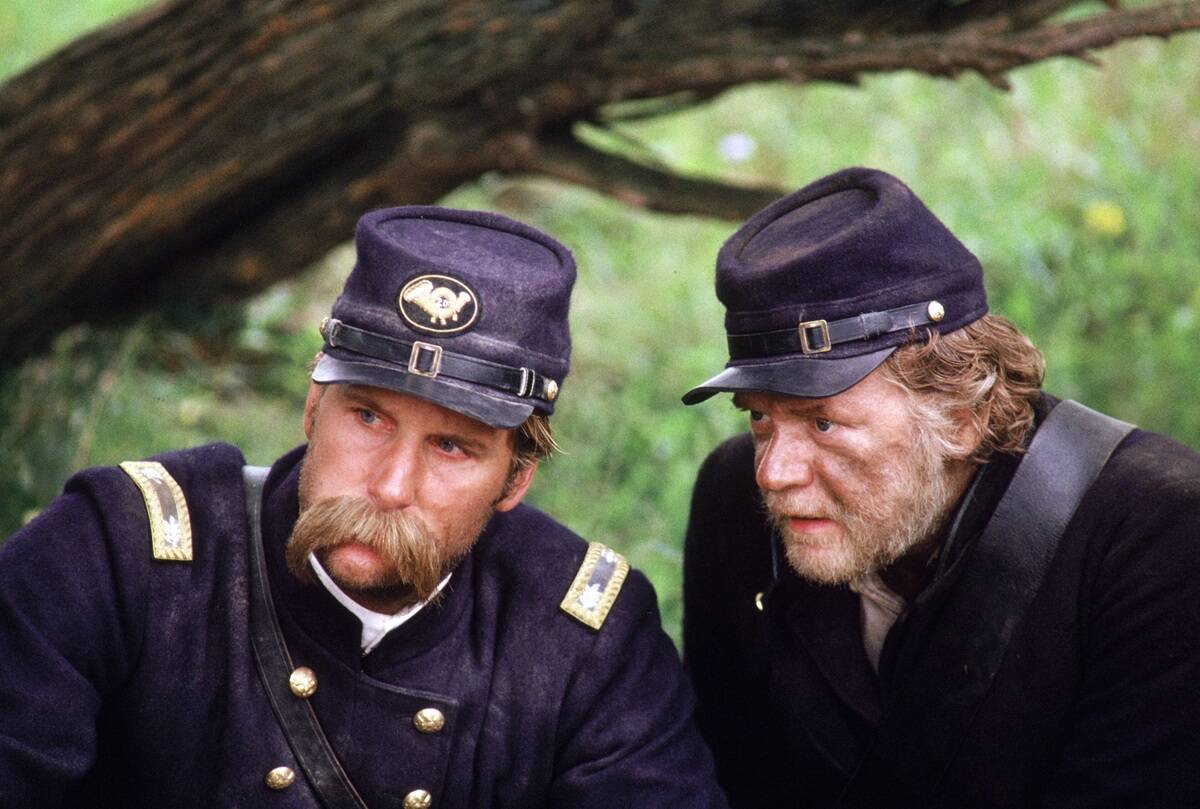
Praised for its ambitious scope in covering one of the Civil War’s most important battles, explanation of the mindsets of the leaders who waged it (as well as the decision to use real Civil War reenactors in the production), Gettysburg is often considered the most accurate Civil War movie Hollywood is capable of.
As historical consultant Brian Pohanka said, “No film is ever perfect, but I really feel it is the most accurate Civil War film ever made. It’s almost a literal re-creation of that phase of
the fighting.”





